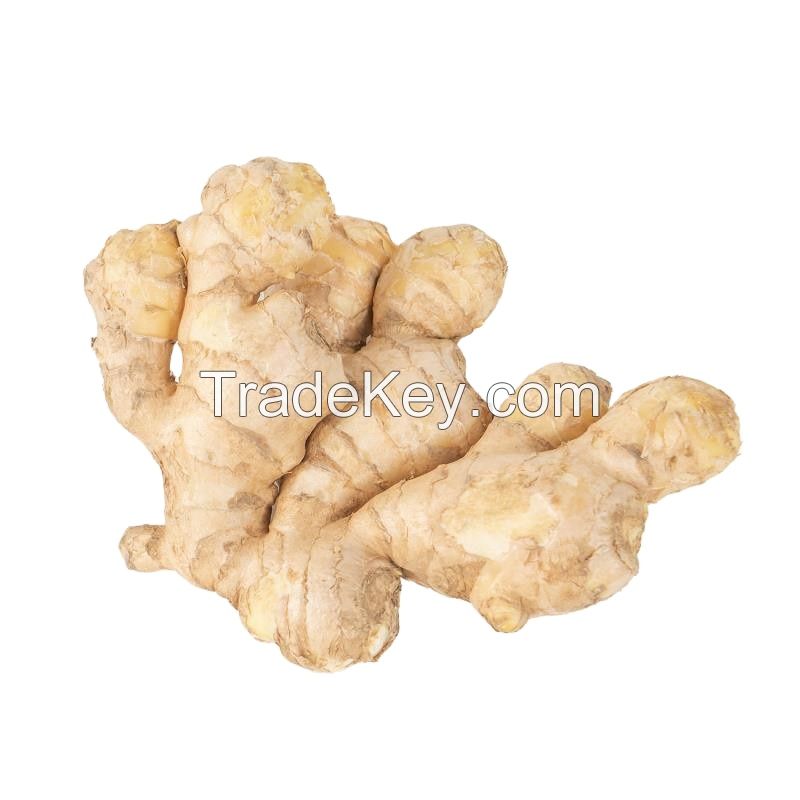Description
Fresh and dry ginger are two forms of ginger, each with distinct
characteristics and uses:
### **Fresh Ginger:**
- **Description**: Fresh ginger is the raw, unprocessed rhizome
(root) of the ginger plant (*Zingiber officinale*). It has a firm,
knobby texture and a pale brown skin with a yellowish interior.
- **Flavor**: It has a pungent, spicy, and slightly sweet flavor
with a juicy texture.
- **Uses**:
- **Cooking**: Often used in its raw form in stir-fries,
soups, marinades, and salads. It adds a fresh, zesty flavor to
dishes.
- **Beverages**: Commonly used to flavor teas, juices, and
smoothies.
- **Medicinal**: Known for its anti-inflammatory and
digestive benefits, and often used in remedies for nausea and
colds.
### **Dry Ginger:**
- **Description**: Dry ginger, also known as dried ginger or ginger
powder, is made from fresh ginger that has been dried and ground
into a fine powder. It has a more concentrated flavor compared to
fresh ginger.
- **Flavor**: It has a more intense, spicy, and somewhat woody
flavor due to the drying process.
- **Uses**:
- **Cooking**: Used as a spice in baking, curries, and spice
blends. Its commonly added to recipes for gingerbread, cakes, and
cookies.
- **Beverages**: Often used in spice teas and in combination
with other spices in beverages.
- **Medicinal**: Also used for its health benefits,
including aiding digestion and relieving nausea.
Both forms of ginger have their unique uses and can often be
substituted for one another depending on the recipe or desired
flavor profile.


